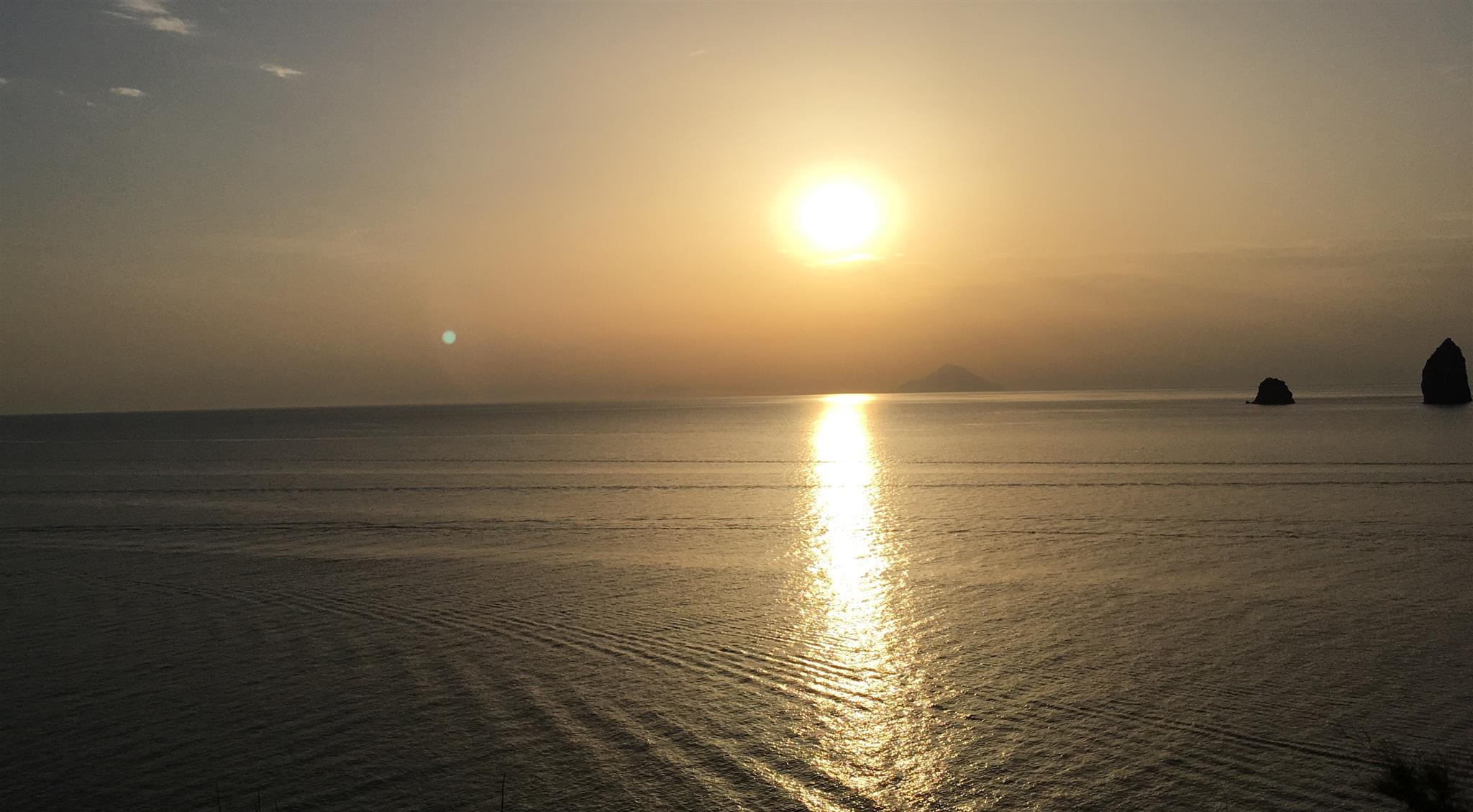
|
|
|
DR. VERA POSPELOVA
|
>< |
 |
|
Current position:
|
>< |
 |
|
Professor, HWK Senior Fellow in Marine and Climate Research, Department of Earth and Environmental Sciences, University of Minnesota. Adjunct Professor, School of Earth and Ocean Sciences, University of Victoria.
Google Scholar
|
 |
|
|
>< |
 |
|
|
 |
|
RESEARCH INTERESTS:
| >< |
 |
|
A rapid expansion of human economic activity and population growth over the last decades is having a profound
impact on the environment. An accurate understanding of this complex process, superimposed on natural change,
is the major goal of modern science, with the outcome potentially affecting every living species on Earth.
In order to have accurate estimates of present rates of change and reliable predictions for the future, we
need to finesse their understanding of Earth’s past, and be able to assess the environmental change at all
spatial and temporal scales.
Understanding of causes and mechanisms of environmental change, whether it is related to climate change,
or ecosystem degradation due to natural variability, or anthropogenic activity, requires compilation of
environmental data that span beyond the period of instrumental measurements. If long-term monitoring
measurements are scarce or unavailable, such information could be obtained only by studying (paleo)proxies
from sedimentary records. My group is using organic-walled microfossils (dinoflagellate cysts, foraminiferal
organic linings, pollen and spores, etc.) and geochemical proxies as indicators of past and present environmental
conditions.
Dinoflagellates are one of the principal components of phytoplankton, responsible for the primary production in
marine environments. They are particularly diverse and ubiquitous in coastal waters and their cysts are abundant
and well preserved, since they are not affected by dissolution processes as most of calcareous or siliceous
microfossils are. Analysis of dinoflagellate cyst assemblages found in marine sediments is widely used to
interpret environmental history.
Some of my group's projects are focused on centennial-to-annual reconstructions of marine primary productivity,
sea-surface temperature and salinity recorded on a number of “laminated” sediment cores taken from high sedimentation
rate areas. The aim of this research is to:
- map at high-resolution the chronology of major climatic events in the
eastern North Pacific over the last 50 kyr recorded in marine sediments
- investigate how the climatic changes of
different magnitude affect phytoplankton composition and primary production
- make a quantitative reconstruction
of past oceanographic conditions with the use of transfer function technique
- identify natural and human-induced
environmental changes in estuarine and coastal waters of the North America
- provide insights on magnitude
and frequency of harmful algal blooms that can be traced by dinoflagellates cyst records in sediments
Zonneveld K.A.F. and Pospelova, V. (2014). Modern dinoflagellate cyst determination key.
See the website
|
|
|
|
|
|




